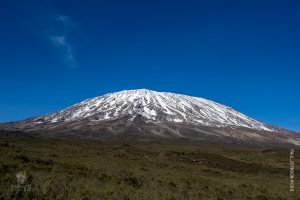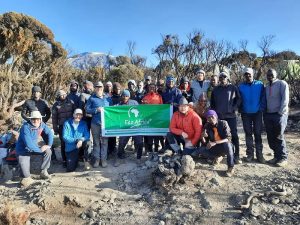The Formation of Serengeti National Park: A Result of Conservation Efforts
Establishment of Serengeti National Park
Serengeti National Park, located in Tanzania, is one of the most iconic wildlife reserves in Africa. Covering an area of over 14,750 square kilometers, the park is home to a diverse range of wildlife, including the famous Big Five – lions, elephants, rhinos, leopards, and buffaloes. The park is also known for the annual Great Migration, where millions of wildebeest, zebras, and other animals move across the plains in search of food and water.
The establishment of Serengeti National Park can be traced back to the early 20th century, when the British colonial government in Tanganyika (now Tanzania) recognized the need to protect the region’s wildlife and ecosystems. In 1921, the Serengeti area was designated as a game reserve, and in 1951, it was officially established as a national park. The park was later designated as a UNESCO World Heritage Site in 1981 in recognition of its outstanding natural value.
Serengeti National Park is managed by the Tanzania National Parks Authority (TANAPA), which works to protect the park’s biodiversity and promote sustainable tourism. The park is divided into different zones, including the Seronera Valley, the Western Corridor, and the Northern Serengeti, each offering unique wildlife viewing opportunities and landscapes.
Historical Conservation Efforts in Tanzania
Tanzania has a long history of conservation efforts, dating back to the colonial era. In the early 20th century, the German and British colonial governments established several game reserves and national parks in the country to protect its wildlife and natural resources. These efforts laid the foundation for the modern conservation movement in Tanzania.
One of the key figures in Tanzania’s conservation history is Mzee Kikwete, who played a crucial role in the establishment of Serengeti National Park. Mzee Kikwete, a local Maasai leader, was instrumental in advocating for the protection of the Serengeti’s wildlife and ecosystems. His efforts helped to raise awareness about the importance of conservation and paved the way for the park’s establishment.
In recent years, Tanzania has continued to prioritize conservation and sustainable development. The government has implemented various initiatives to combat poaching, illegal wildlife trade, and habitat destruction. These efforts have helped to protect Tanzania’s rich biodiversity and promote eco-tourism as a key driver of economic growth.
To experience the wonders of Serengeti National Park and witness the Great Migration firsthand, visitors can book a safari tour with Sunset Africa Safari. Sunset Africa Safari offers tailor-made safari packages that showcase the best of Tanzania’s wildlife and landscapes. To book a tour, clients can contact info@sunsetafricasafari.com for more information.
In conclusion, the formation of Serengeti National Park is a testament to Tanzania’s commitment to conservation and sustainable development. Through a combination of historical efforts and ongoing initiatives, the park continues to be a beacon of wildlife protection and eco-tourism in Africa.



